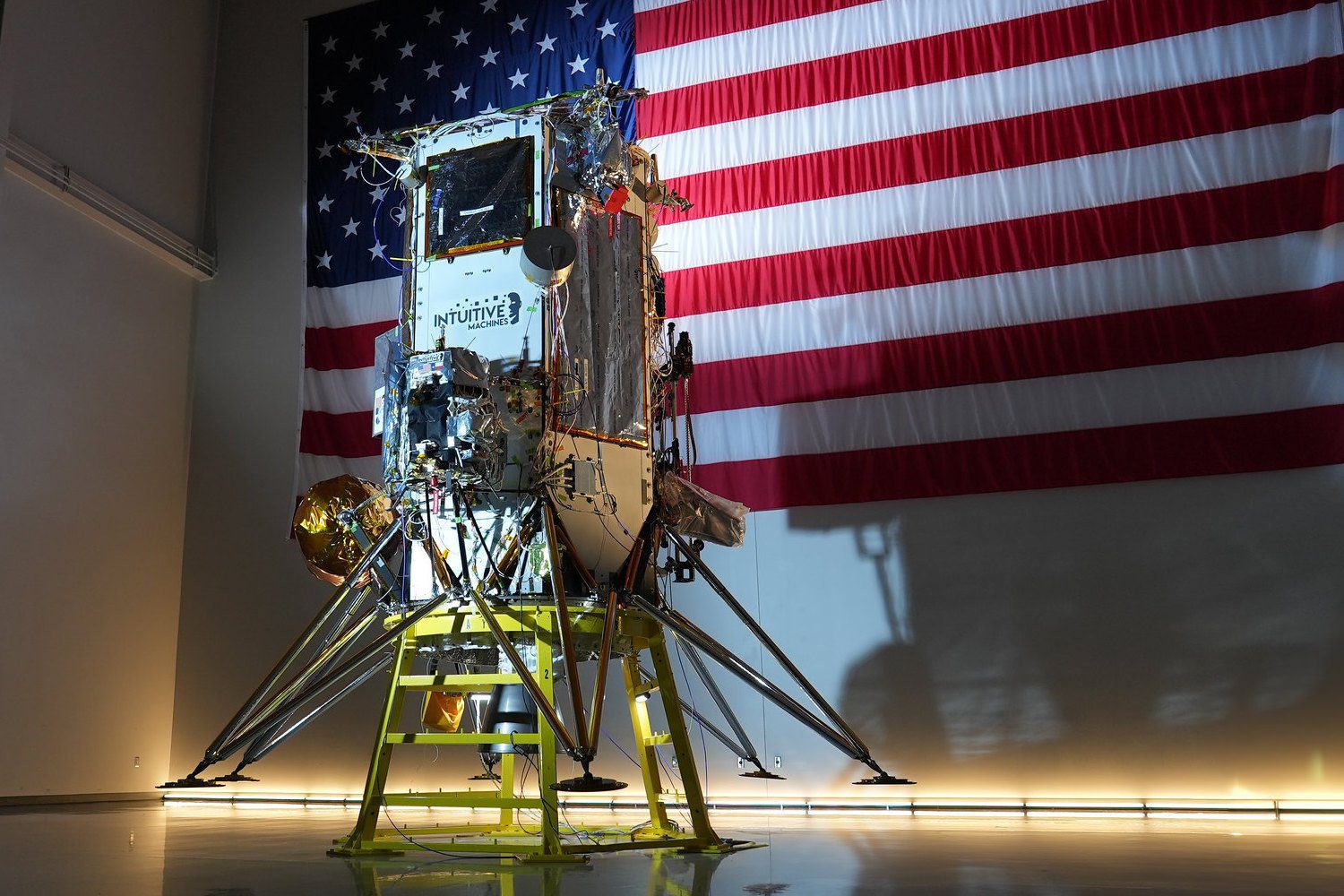
If Wednesday’s SpaceX Falcon 9 rocket launch from Kennedy Space Center proceeds as scheduled, it will carry a significant amount of scientific equipment and research.
This mission will transport not one, but three crucial payloads, which include a satellite aimed at lunar orbit, a privately-run lunar lander, and a spacecraft designed to open avenues for asteroid mining. Additionally, the rocket will deploy an unnamed 16U satellite, managed by Exolaunch, which will enter a geostationary orbit around the Earth.
The launch window is set to begin on February 26, with liftoff ideally taking place at 7:17 p.m. ET. However, such missions can experience delays if conditions aren’t ideal. NASA will stream the launch live on its website. Alternatively, viewers can access the livestreams below, provided by NASA Spaceflight.
After years of being overlooked, the Moon is gaining renewed interest, and two payloads on this mission could yield valuable insights to aid in the establishment of human bases on the lunar surface. Among these is the Nova-C lander named Athena, developed by Intuitive Machines as part of NASA’s Commercial Lunar Payload Services (CLPS) initiative.
In February 2024, Intuitive Machines made history by becoming the first private entity to successfully land on the Moon, although there was a minor issue when its lander, Odysseus, managed to get one leg caught, causing it to tip over. Similar to Odysseus, Athena is set to target the lunar South Pole, specifically an area known as Mons Mouton. This lander is equipped with both a drill and a mass spectrometer, which it will employ to search for and analyze vital resources, such as water, carbon, nitrogen, and phosphorus, essential for future human exploration.
Joining Athena will be a small Micro-Nova robot named Grace, designed to hop in and out of permanently shadowed craters. Inside the crater, Grace will conduct searches for water and take photographs.
Also en route to the Moon is NASA’s Lunar Trailblazer, a compact satellite designed to map the distribution of lunar water. This mission aims to unravel the mysteries of the Moon’s water cycle and provide clarity on the presence, quantity, and distribution of water on the lunar surface.
Another spacecraft, Astroforge, is headed for the Moon, but it has further ambitions. Founded in 2022, the company aims to be the first to mine asteroids for valuable resources. In 2023, Astroforge attempted its inaugural mission by launching a satellite intended to vaporize and classify pre-loaded faux-asteroidal materials. Unfortunately, the mission encountered difficulties with communication and solar array deployment. For this upcoming launch, the company has set its sights even higher.
If the mission succeeds, Astroforge’s Odin spacecraft will make history as the furthest-traveled privately-built vehicle ever. Odin’s mission plan involves a five-day journey towards the Moon, utilizing its gravity to propel onwards to asteroid 2022 OB5, which holds promise for future mining due to its potential metallic ores.
While the timeline for Odin’s arrival at the asteroid remains uncertain, CEO Matt Gialich stated, “This objective is going to take much longer to achieve and thus has a considerably lower likelihood of success.”
Gialich has been candid about the mission’s risks, suggesting that the company is “taking exceptional risks on this mission, more than most would be willing to accept.”
“If this mission fails, the responsibility falls solely on me,” he confirmed. “I have been closely involved in all the decisions we made—and there were many compromises.”
If all goes as planned, this launch could be viewed as a pivotal moment in the future when you find yourself relaxing in your Moon base living room, admiring a watch made from platinum mined from asteroids.









